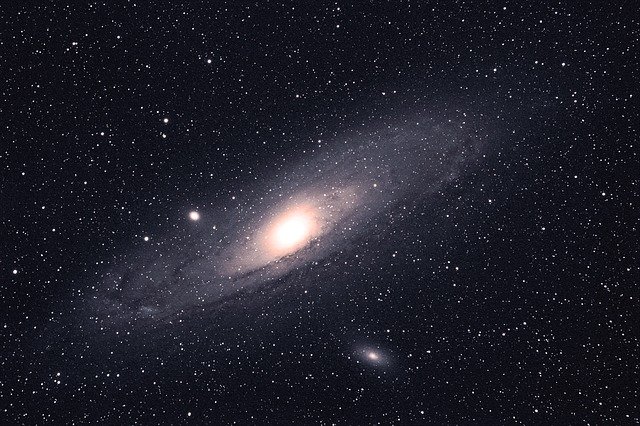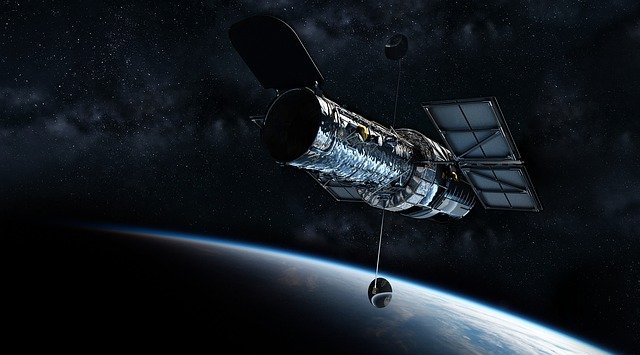ASTRONOMY
JUNE 20, 2021
meet our neighbor, the andromeda galaxy

The Milk Way’s closest neighbor, Andromeda Galaxy (M31) is the most distant object in the sky that we can see without any special instrument – but only in a clear night with a very dark sky.
The first known report of our nearest neighbor coming from the Persian astronomer Abd al-Rahman al-Sufi in 964. He described the galaxy as a “small cloud” in his “Book of Fixed Stars,”.
Charles Messier labeled the Andromeda Galaxy as M31 in 1764. At the time he incorrectly credited the discovery of what was then called a nebula to the German astronomer, Simon Marius, who provided the first telescopic observation of the object.
Andromeda is 2,5 million light years away from Earth and scientists have done many detailed studies of black holes, stars and other objects within the galaxy. Andromeda contains approximately a trillion stars compared to the 250 billion in the Milky Way. But our galaxy is more massive because it contains more dark matter.
Andromeda and our galaxy, The Milky Way is part of a group of galaxies called the Local Group. They are all linked together by the pull of gravity. There are about 54 galaxies in our Local Group. Mostly are dwarf galaxies clustered around the 3 largest of Milky Way, Andromeda and Triangulum.
For the size, it’s always thought to have been larger than our Milky Way. But recent research by the University of Western Australia node of the International Centre for Radio Astronomy Research estimates that Andromeda is about the same size as the Milky Way or perhaps even slightly smaller.

Andromeda and The Milky Way are heading on collision course, closer to one another at about 112 kilometers per second (70 miles per second). Astronomers estimate it will collide with The Milky Way in 4 billion years. The merger will conclude in 6 billion years from now and will alter the structure of the two galaxies forever.
Galaxy collisions are a normal part of the universe’s evolution. In fact, both The Milky Way and Andromeda shows signs they have swallowed existing galaxies before.
In 1887, the first photographs of Andromeda were taken by Isaac Roberts. In 2015, scientists released the most detailed photo of Andromeda ever from the Hubble Space Telescope. The image included 7,398 exposures taken over 411 pointings of the telescope. The image revealed there are more than 100 million stars in Andromeda structure, as well as dust and other objects.
Using NASA’s Nuclear Spectroscopic Telescope Array (NuSTAR), specializes in X-ray observations, 40 black holes were tracked down in 2016. Before that, in 2013, 26 black hole candidates were revealed by NASA’s Chandra X-Ray Telescope.
Then in late 2017, scientists unexpectedly found two supermassive black holes within Andromeda and the team said that these black holes were likely the “most tightly coupled” known.
related post